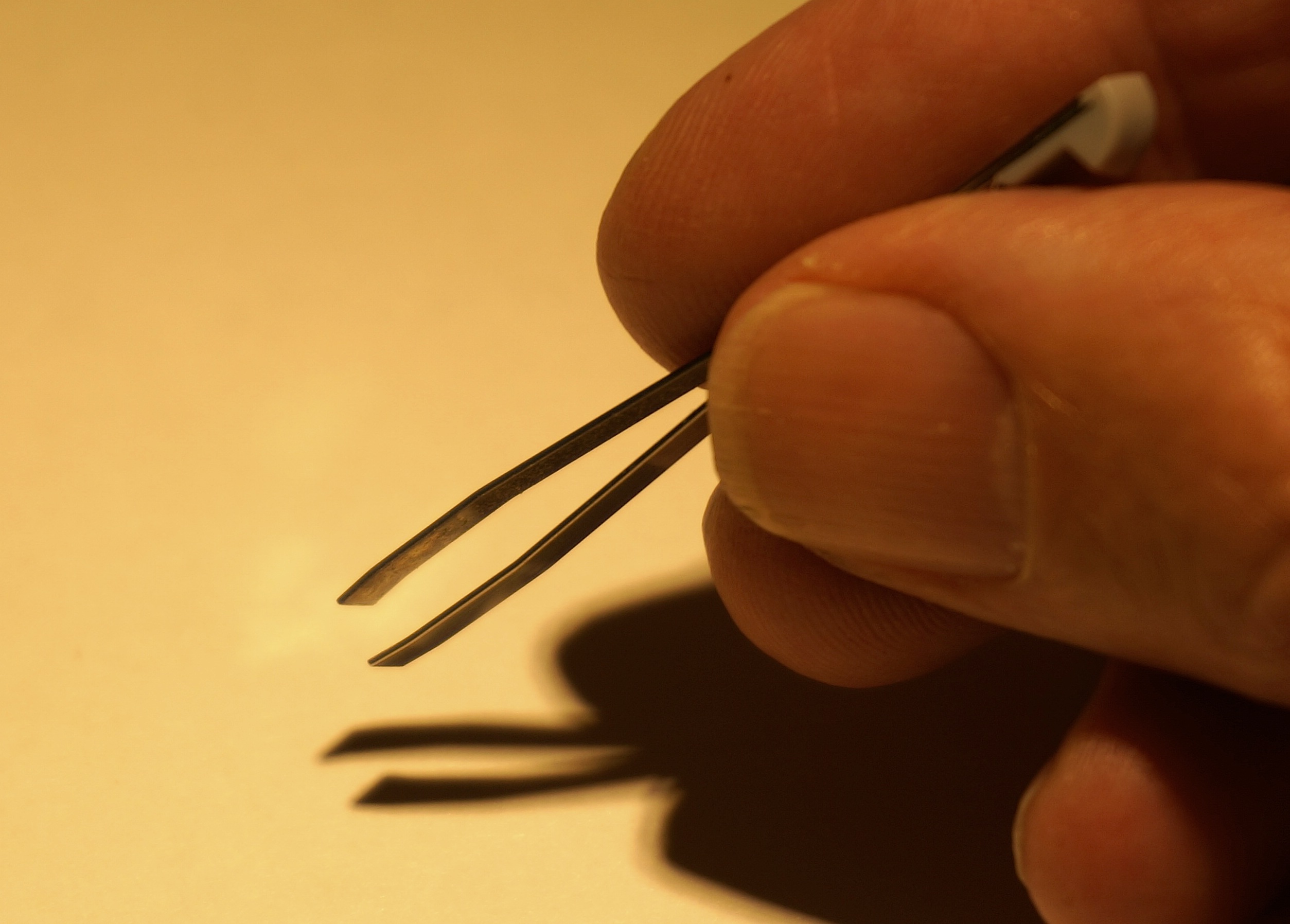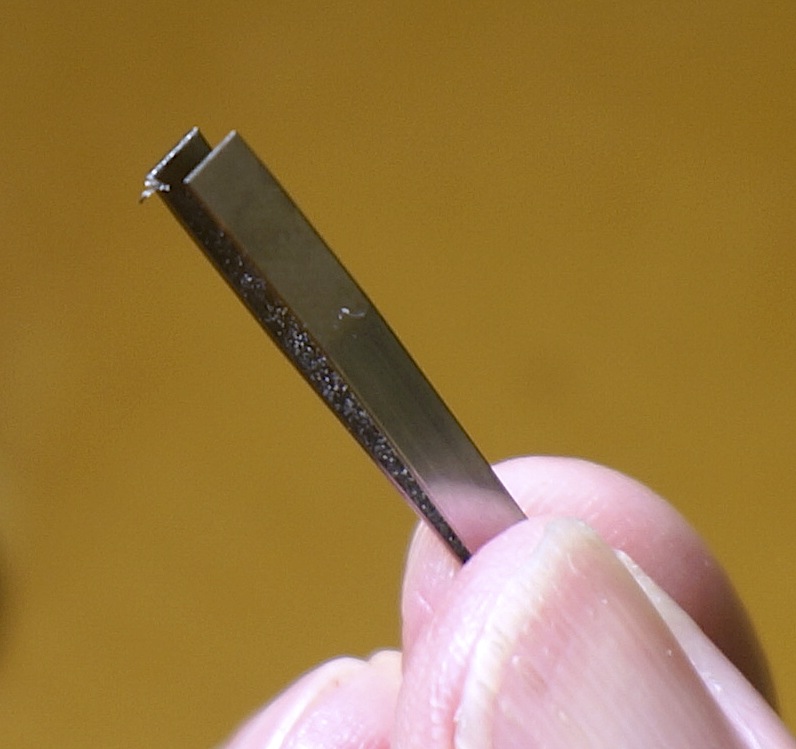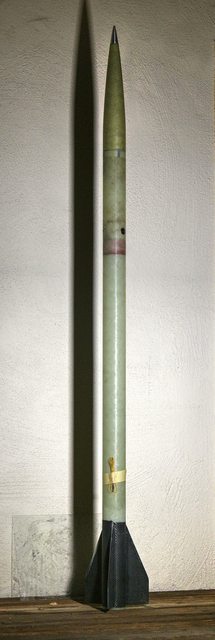Chop those and get a couple male/female sets of whatever you want to use. JST or standard JR servo plugs work great, and you can get connector locks for the standard JR plugs.
What standard connectors have a locking mechanism to them?
I'll be experiencing high G's so I want to make sure the power connector stays together.






